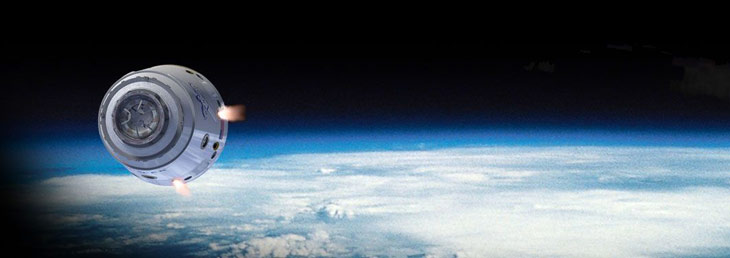One big step for NASA, one giant leap for Public-Private partnerships

As we know, increasing complexity is a main driver for cooperation and co-innovation. If thinking about a complex project, for several generations first thing to come to mind is putting Man on the Moon. But that was almost half a century ago, so it’s easy to imagine how much more complex is to carry on with space exploration today, and not just for technological reasons. NASA realized some years ago, starting a kind of public-private collaborations and partnerships that today are considered an example to follow in many other fields.
NASA is one of the cases included in The Solution Revolution we wrote about in our last post. Everything started with the 2004 decision by the George W. Bush administration to end the Space Shuttle program upon the completion of the International Space Station. With shorter budgets for public investment ,NASA and the United States federal government decided to turn their attention to something that had never been done before.
That decision would see commercial companies compete for partial federally funded development programs for cargo and crew transportation to space. Specifically, NASA would only pay for parts of the development program that suited its own interest/needs in providing cargo and crew transportation for the ISS and for improving or developing new space technologies to be utilized for future missions. All other development costs would fall to the commercial companies themselves.
A major milestone for civil space exploration
Commercial Orbital Transportation Services (COTS) was a NASA program to coordinate the delivery of crew and cargo to the International Space Station by private companies. Throughout the COTS program, NASA’s partners achieved a number of important spaceflight firsts for the U.S. commercial space industry. This included the first commercial spacecraft to orbit and return to Earth, achieved by SpaceX. The company also was the first commercial provider to resupply the space station. Some other companies as Boeing or Orbital Sciences followed.
The rockets and spacecraft developed by NASA’s partners under COTS have significantly increased NASA’s ability to conduct new scientific investigations aboard the orbiting laboratory. For most analysts, NASA’s selection of private companies to provide crew transportation to the ISS can be considered as a major milestone for civil space exploration. It also demonstrates the value of public-private partnerships, necessary for leveraging decades of NASA investment and experience in human low-Earth orbit operations and establishing reliable, lower cost commercial systems for delivering cargo and people to the ISS.
For those analysts, the public-private trend in spaceflight is going to flourish in coming years, merging the talent and resources of government engineers and scientists with the research skills, vision and entrepreneurship of academia, nonprofits and the private sector. The trend, not just at NASA, but also at the U.S. Department of Defense (DoD) and other federal agencies that rely on advanced technology, is coinciding with ever more sophisticated communication and collaboration tools to solve once-intractable problems.
